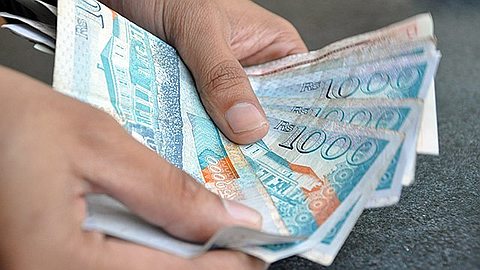Réforme Electorale: les Points sur Lesquels le Comité Faugoo a Tranche

The first macadam that blocked the completion of the Draft Bill , including the issue of opposition diminished or absent opposition when 60-0 in Mauritius and Rodrigues 3-0, was leveled to the satisfaction of everyone. In any case, the opposition will consist of a minimum of seven members.

The Joint Committee has adopted a formula for the allocation of seats for proportional representation. The method of "wasted votes" will be set aside in the context where a political entity would win all seats under the First Past the Post (FPTP). And it will be the total percentage of votes received will be used.
If after a 60-0 an opposition party won 10% of votes, seven seats will be allocated: Five List A and two from List B. The distribution will be pro rata with 70% of list seats A and 30% of list B. This formula will be applied if the opposition party wins more than 10%. If the opposition party gets 23% of the votes or more, its 20 candidates on both lists will all appointed members.
In cases where both parties have not been able to get their candidates elected under the FPTP system but each get 10% or more of the vote, which will be distributed according to the same formula. In respect of the percentage obtained by each. And to eliminate the risk, albeit small, that the National Assembly is left without opposition, with the assumption that no party gets to surpass the 10%, the Committee decided, again, to a specific formula. The Committee election conduct a sum of percentages collected until a minimum of 10%. Then each party will receive the same number of seats in its contribution to the 10% who will also be calculated as a percentage (see examples 1, 2 and 3).



As regards the representation of women, all political parties or alliances wishing to participate in the general election must present a third of male and female candidates. Thus, each entity run for election in all districts should have a list of 60 candidates with at least 20 men and 20 women.
In Rodrigues, who gets with electoral reform proposed a third seat under FPTP formula, each party will align candidates of both sexes.
Otherwise, the election commission will grant a period of three hours at parties, the date of submission of applications so that they realign their respective lists to comply with the above requirements. Otherwise the initial lists will be fully rejected.





